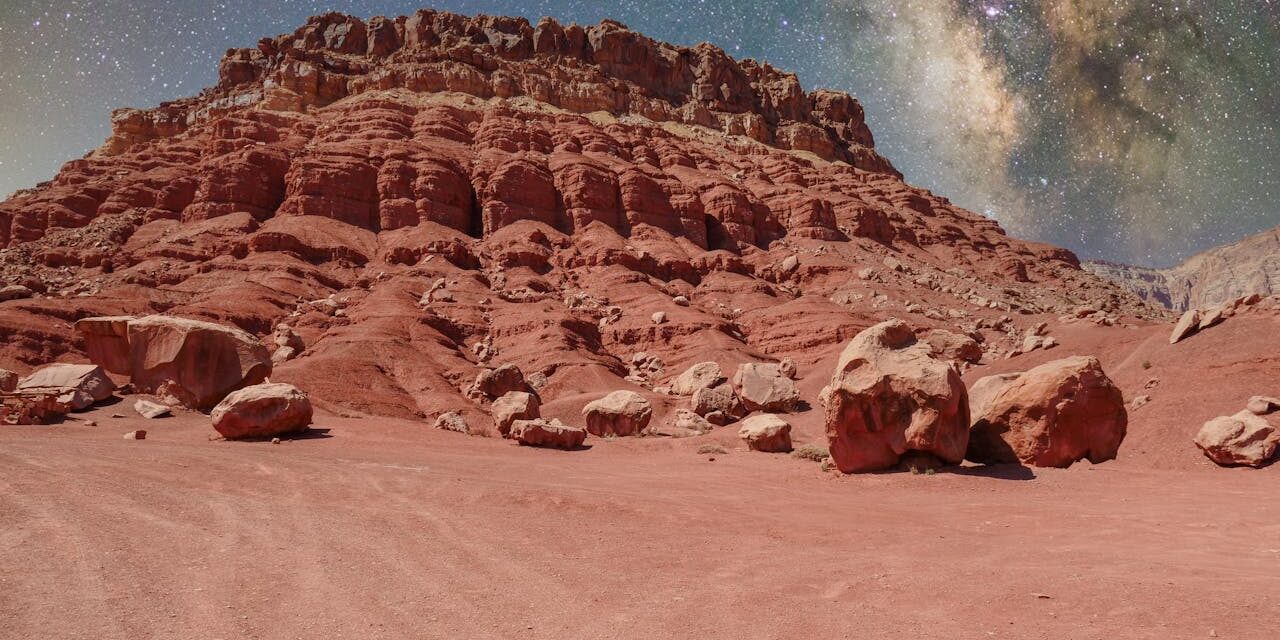On this 18th day of February 2021 at 3:55 EST— NASA has officially landed the Perseverance Rover on Mars.
The size of a car, the Perseverance Rover shows the grit and utter curiosity displayed by the human race, showing that we can reach great heights and great distances when we push through with perseverance.
The Perseverance Rover program will cost $2.75 billion over 11 years.
Table of Contents
What is the goal of the Mars Perseverance Rover?
Perseverance’s goal is to answer the great question of humanity; does or has life ever existed in the universe? The rover landed in and will explore the Jezero Crater, searching for any signs of ancient life.
The Seven Scientific Instruments
Along with 19 cameras and two microphones, the Perseverance Rover boasts seven scientific instruments to help NASA provide more data.
- X-Ray Fluorescence Spectrometer (Planetary Instrument for X-Ray Lithochemistry) — Used to determine the makeup of materials on the surface of Mars.
- Ground-Penetrating Radar (Radar Imager for Mars’ Subsurface Analyzer) — The RIMFAX ground-penetrating radar was developed by the Norwegian Defence Research Establishment and seeks to image densities of the ground, rocks, and more on Mars. This tool also helps in the search for ice and water.
- Weather Sensors (Mars Environmental Dynamics Analyzer) — The Perseverance Rover has a set of sensors that measure temperature, pressure, humidity and more.
- Oxygen Development (Mars Oxygen ISRU Experiment) — To my excitement, the MOXIE is experimenting by taking atmospheric carbon dioxide and trying to turn it into oxygen, showing how we can possibly exist for longer periods of time off of Earth.
- Laser Imaging (SuperCam) — The SuperCam aboard the Perseverance allows scientists to image rocks and more from a distance, even gathering information on their composition.
- Stereoscopic Imaging System (Mastcam-Z) — The Mastcam-Z has the ability to image with zooming capabilities.
- Raman Spectrometer (Scanning Habitable Environments with Raman and Luminescence for Organics and Chemicals) — An ultraviolet spectrometer that helps to analyze minerals and compounds at a fine-scale.
Onward to Forever
We might not yet know the answers to all the questions we have of the universe, but the one grand accomplishment of any space exploration is the collective excitement we feel — as a global people. Will we find fossils? An alien footprint? The mind goes wild.
We are all locked on this planet together, and together, we will define whatever future exists.
As we continue to explore the planets closest to us and search for life beyond our waters, we push. Push for more life, push for more resources, and ultimately, hope for tomorrow.





